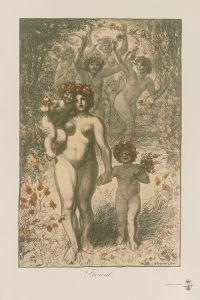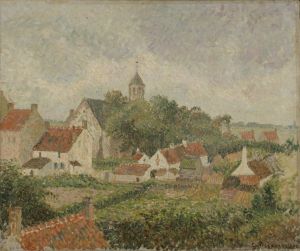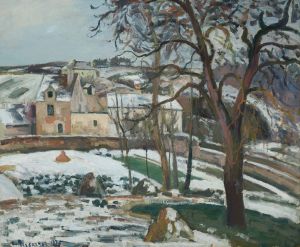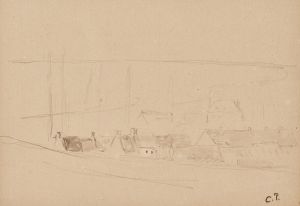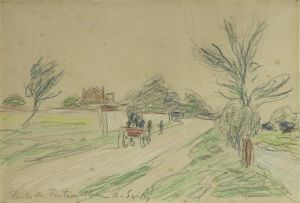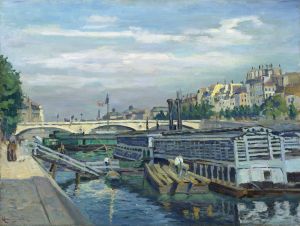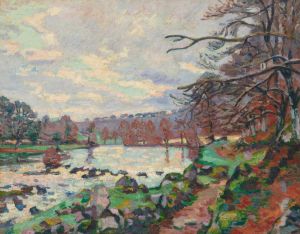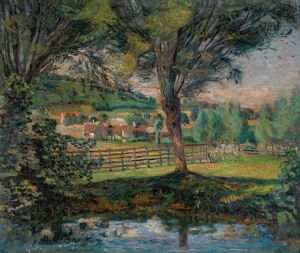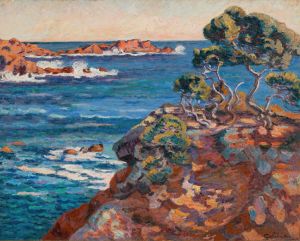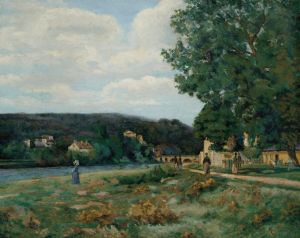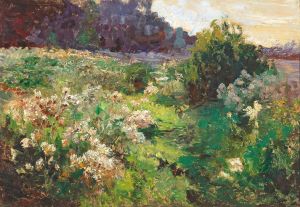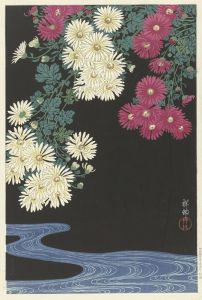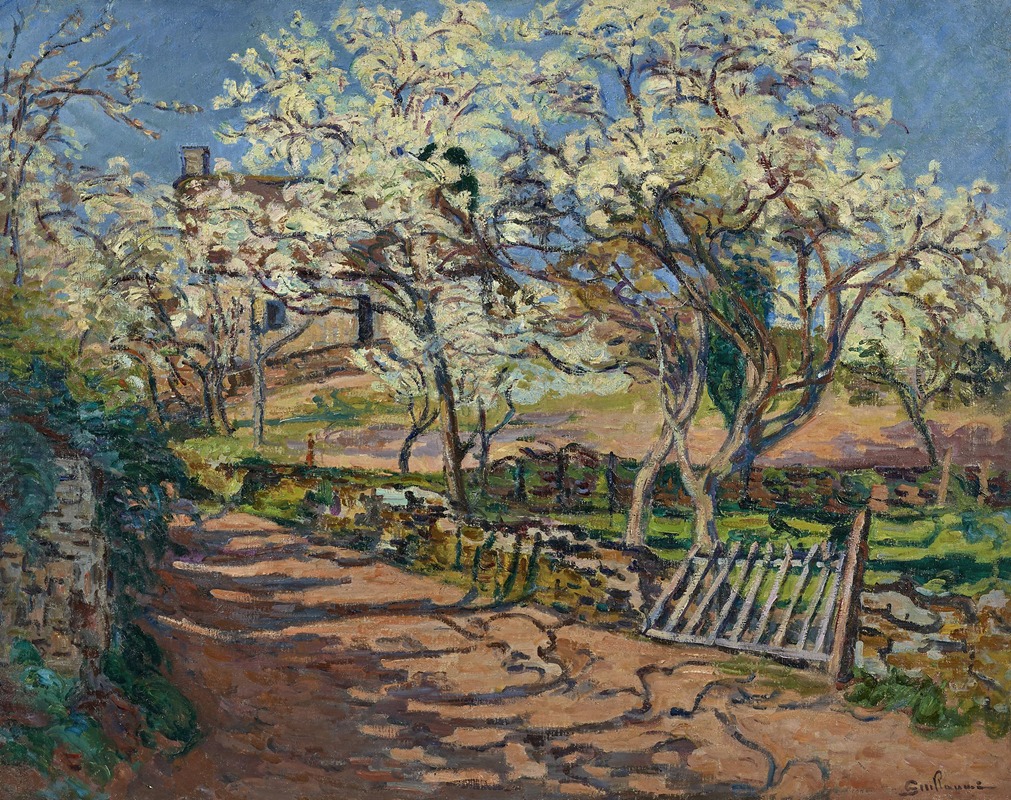
Paysage de Printemps
A hand-painted replica of Armand Guillaumin’s masterpiece Paysage de Printemps, meticulously crafted by professional artists to capture the true essence of the original. Each piece is created with museum-quality canvas and rare mineral pigments, carefully painted by experienced artists with delicate brushstrokes and rich, layered colors to perfectly recreate the texture of the original artwork. Unlike machine-printed reproductions, this hand-painted version brings the painting to life, infused with the artist’s emotions and skill in every stroke. Whether for personal collection or home decoration, it instantly elevates the artistic atmosphere of any space.
Armand Guillaumin was a French Impressionist painter known for his vibrant landscapes and use of color. Born in Paris in 1841, Guillaumin became associated with the Impressionist movement through his friendships with artists such as Camille Pissarro and Paul Cézanne. His works often depict rural and urban landscapes, capturing the changing effects of light and atmosphere.
"Paysage de Printemps" (Spring Landscape) is one of Guillaumin's notable works, showcasing his mastery in portraying the natural beauty of the French countryside. The painting exemplifies the Impressionist style with its loose brushwork and vivid color palette, which Guillaumin used to convey the freshness and vitality of the spring season. The composition typically features lush greenery, blooming flowers, and a clear sky, elements that are characteristic of Guillaumin's approach to capturing the essence of a particular moment in nature.
Guillaumin's technique involved painting en plein air, or outdoors, which allowed him to observe and depict the natural light and colors directly from the environment. This method was central to the Impressionist movement, as artists sought to break away from the constraints of studio painting and instead focus on the immediate experience of the landscape. In "Paysage de Printemps," Guillaumin's brushstrokes are dynamic and expressive, creating a sense of movement and life within the scene.
Throughout his career, Guillaumin remained committed to the ideals of Impressionism, even as the art world evolved and new movements emerged. His dedication to capturing the beauty of the natural world is evident in "Paysage de Printemps," where he skillfully balances color and form to evoke the sensations of a spring day. The painting reflects his interest in the interplay of light and shadow, as well as his ability to convey mood and atmosphere through color.
Guillaumin's work was well-received during his lifetime, and he participated in several of the Impressionist exhibitions that took place in Paris between 1874 and 1886. Despite not achieving the same level of fame as some of his contemporaries, Guillaumin's contributions to the movement were significant, and his paintings continue to be appreciated for their vibrant color and emotive qualities.
"Paysage de Printemps" is a testament to Guillaumin's skill as a landscape painter and his ability to capture the fleeting beauty of nature. The painting remains an important example of Impressionist art, highlighting the movement's focus on light, color, and the artist's personal response to the natural world. Today, Guillaumin's works are held in various collections and continue to be studied and admired for their contribution to the development of modern art.





